Security Graphics with Multilayered Elements in the Near-Infrared and Visible Spectrum
Abstract
:1. Introduction
2. Methodology: Twin Dyes
2.1. Twin Dyes Components
2.2. Spectroscopy of Twin Dyes
3. Results
3.1. Experiment Plan for Creating Security Graphics
3.2. A Security Graphic with Three Nested Images
- P1: No color management (to disable the internal process of image separation);
- P2: In Page setup/Color, select: CMYK link profile—True Black.
3.3. A Security Graphic with Four Nested Images
3.4. Blockage in the Visible and Near-Infrared Spectrum
4. Conclusions
Author Contributions
Funding
Institutional Review Board Statement
Informed Consent Statement
Data Availability Statement
Conflicts of Interest
References
- Žiljak, V.; Pap, K.; Žiljak-Stanimirović, I. Development of a prototype for ZRGB INFRAREDESIGN device. Tech. Gaz. 2011, 18, 153–160. [Google Scholar]
- Zhu, M.Z.; Chen, Z.; Liu, H.X. The Research on Special Printing Effects Based on Gray Component Replacement. Adv. Mater. Res. 2010, 174, 251–254. [Google Scholar] [CrossRef]
- Wang, C.Y.; Li, C.; Huo, L.J. A Security Printing Method by Black Ink Hiding Infrared Image. Appl. Mech. Mater. 2012, 200, 730–733. [Google Scholar] [CrossRef]
- Žiljak, V.; Pap, K.; Žiljak, I. CMYKIR security graphics separation in the infrared area. Infrared Phys. Technol. 2009, 52, 62–69. [Google Scholar] [CrossRef]
- Friščić, M.; Agić, A.; Žiljak Stanimirović, I. Visual and infrared graphic applied through dedicated halftoning for transparent polypropylene packaging. Tech. Gaz. 2017, 24, 225–230. [Google Scholar]
- Li, C.; Wang, C.Y.; Wang, S.J. A Black Generation Method for Black Ink Hiding Infrared Security Image. Appl. Mech. Mater. 2012, 262, 9–12. [Google Scholar] [CrossRef]
- Pogarčić, I.; Agić, A.; Matas, M. Evaluation of the colorant twins for the neutral grey spectra in infrared graphic procedure. Tech. Gaz. 2016, 23, 1659–1664. [Google Scholar]
- Glogar, M.I.; Parac-Osterman, Ð. Achromatic hues matching in graphic printing. Acta Graph. 2016, 26, 36–45. [Google Scholar]
- Projectina Docucenter 4500, SP-2000 Color Spectroscopy Module & PAG B50 Custom Designed with 24 Barrier Filters, Projectina AG, Dammstrasse 2, P.O. Box CH-9435 Heerbrugg, Switzerland. Available online: https://www.ultra-forensictechnology.com/en/our-products/ (accessed on 2 November 2021).
- Žiljak Gršić, J. Near infrared spektroskopy in print technology. Polytech. Des. 2017, 5, 32–36. [Google Scholar]
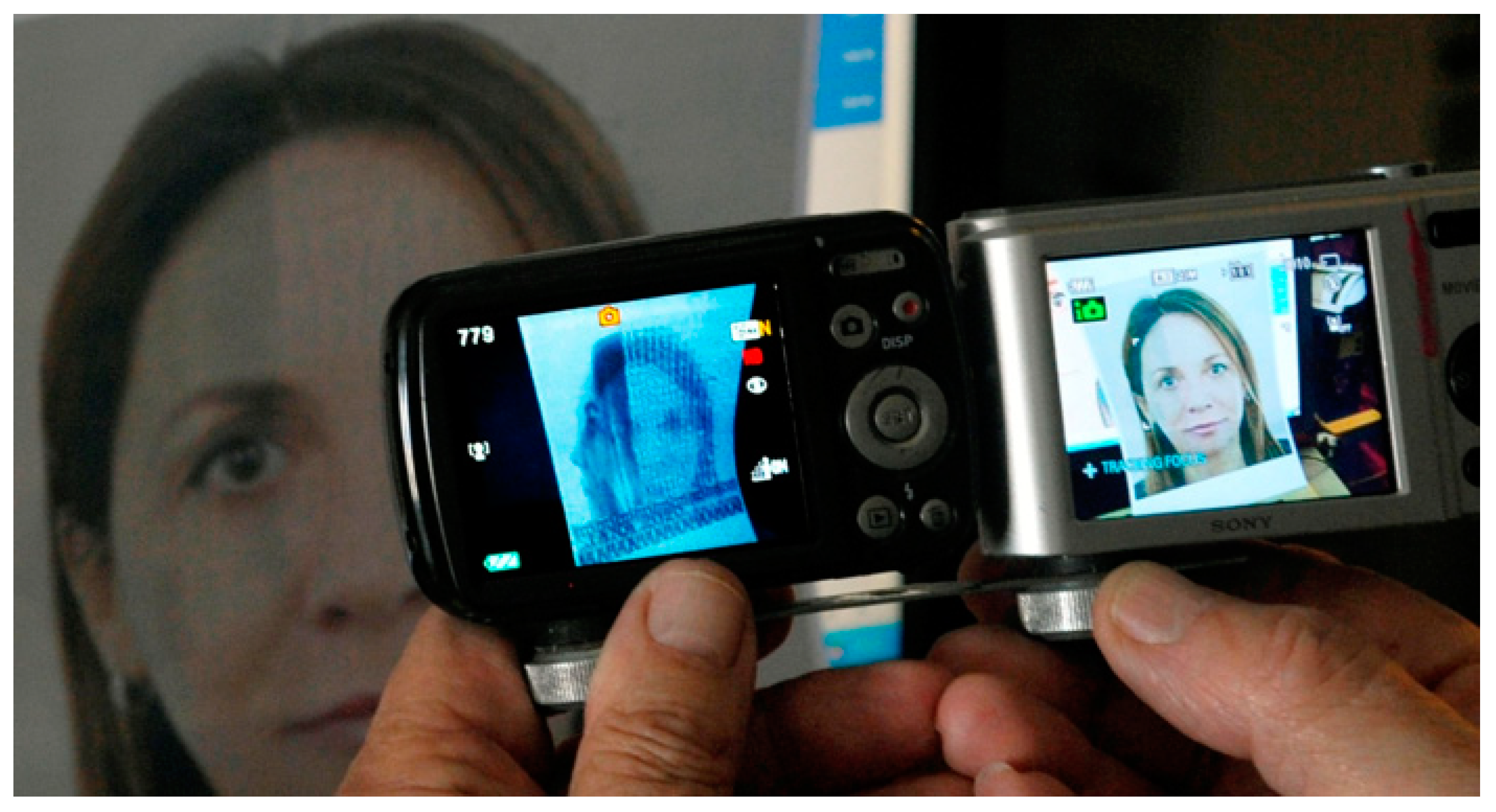
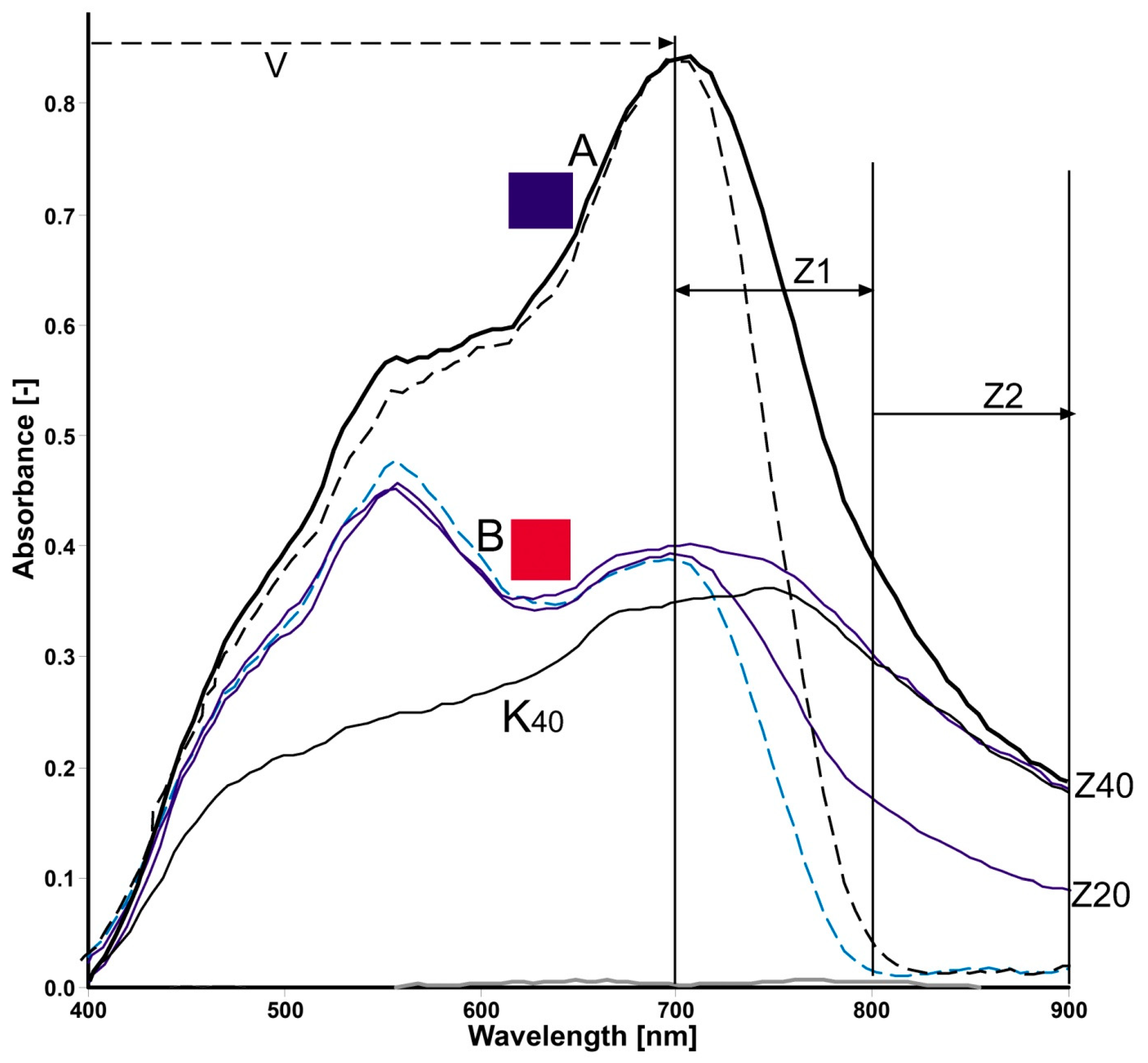
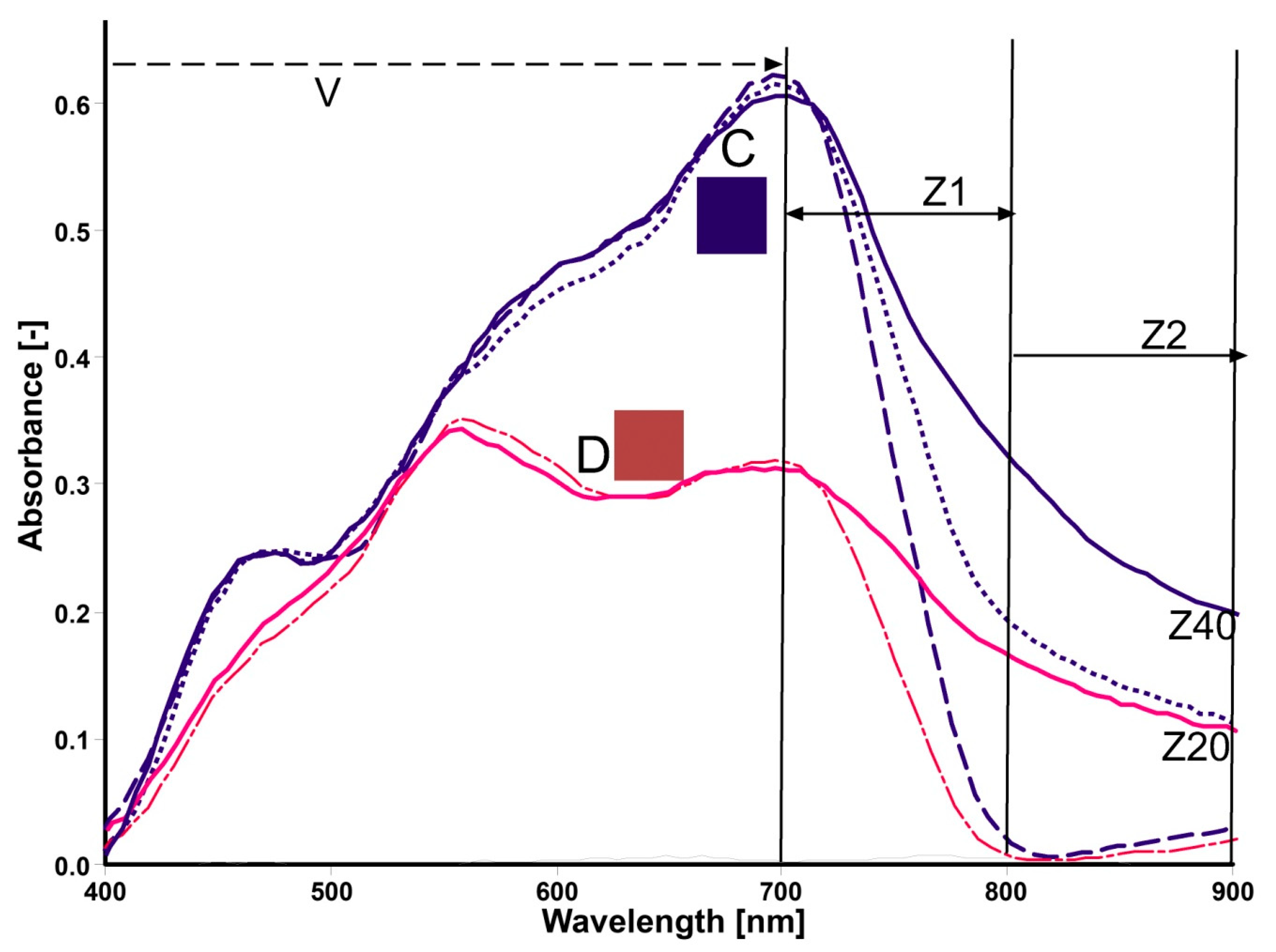
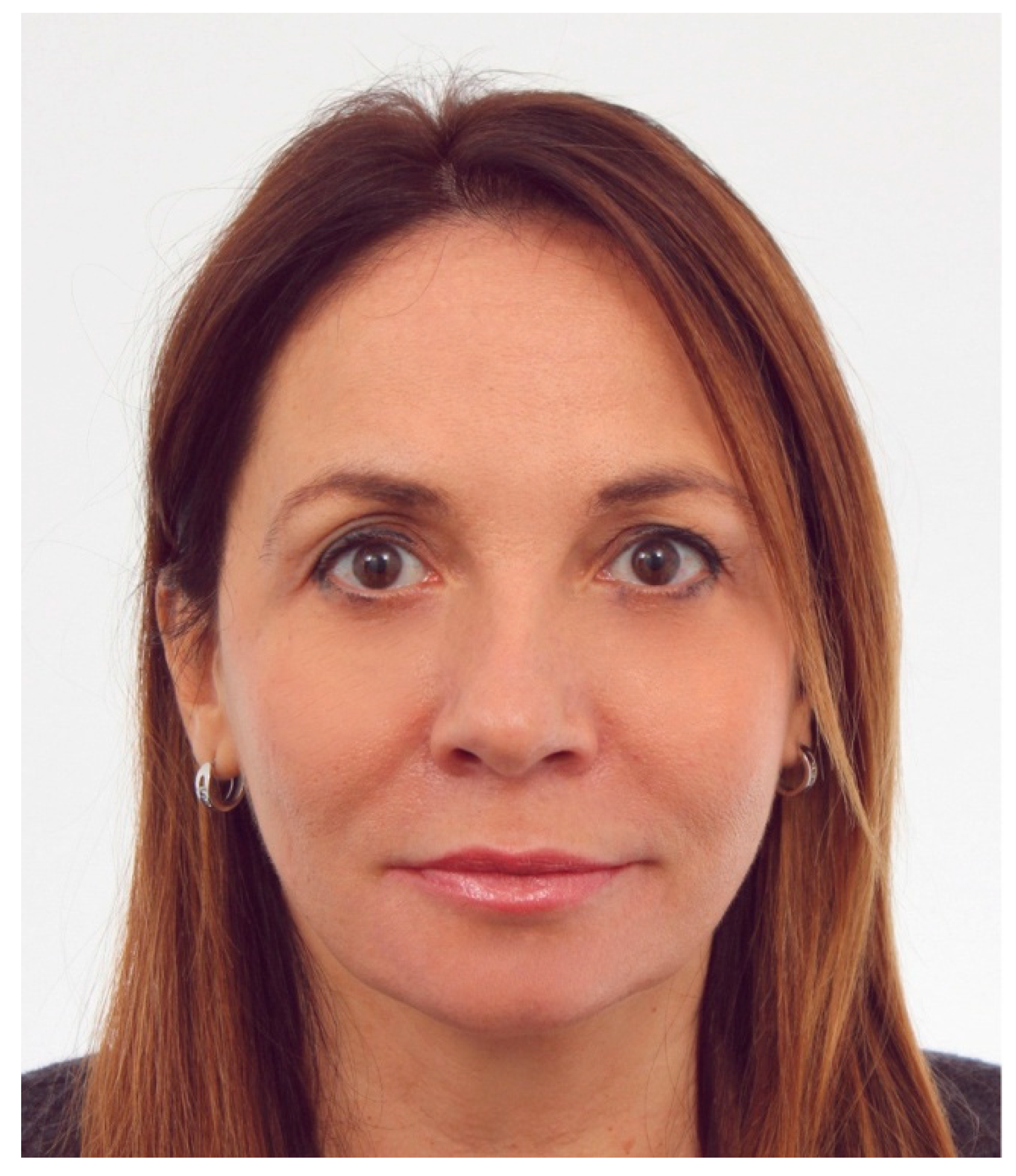

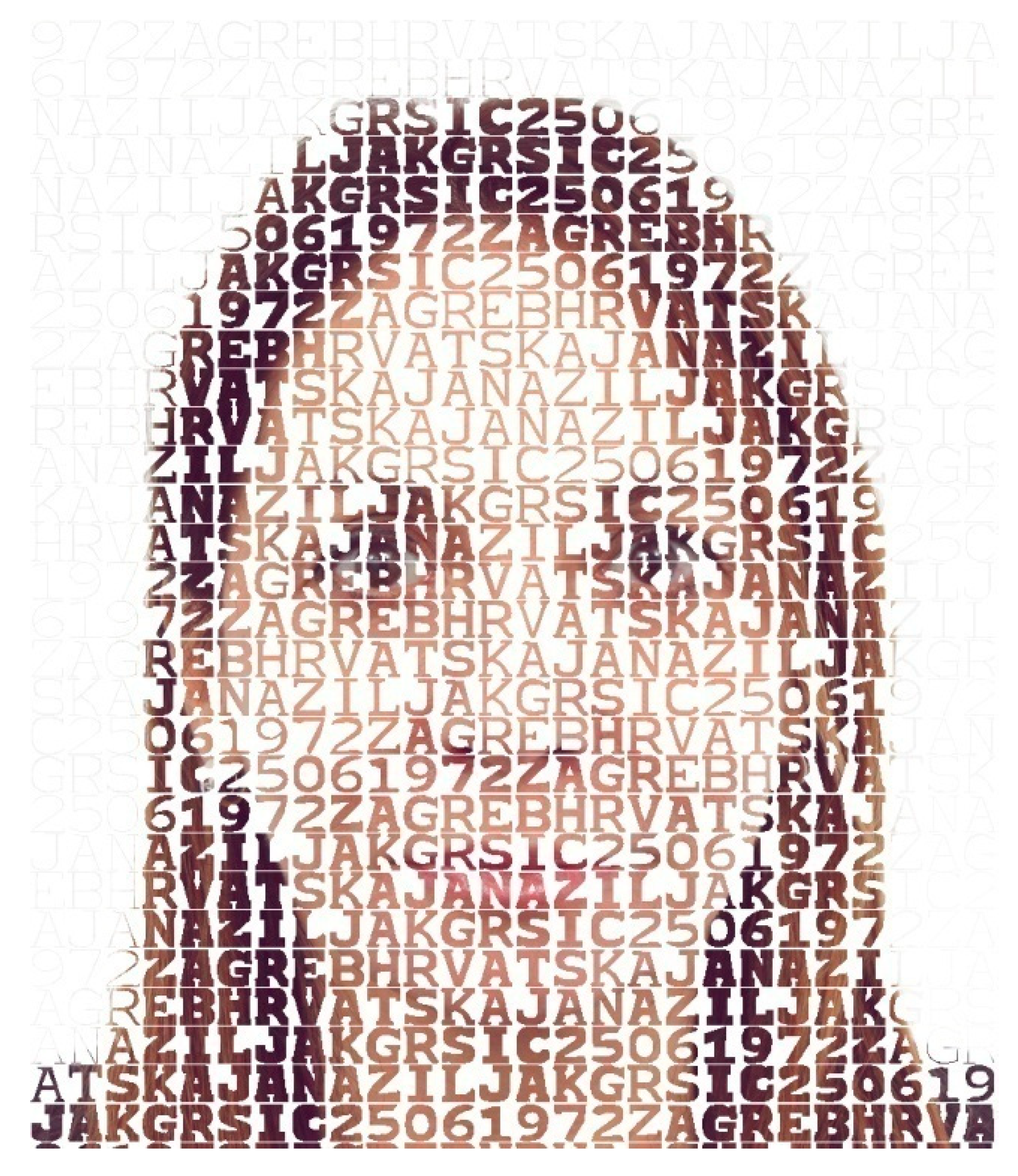
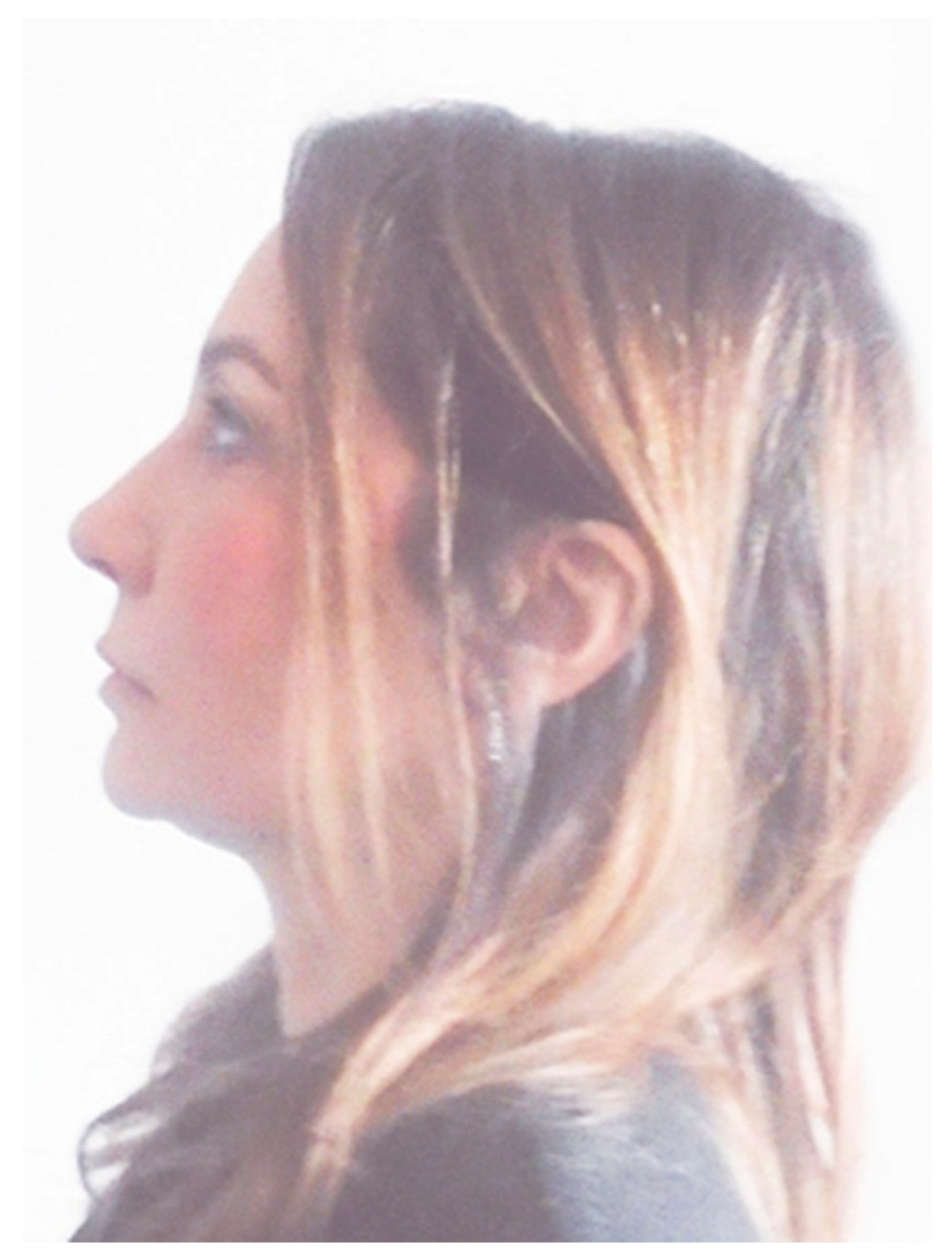
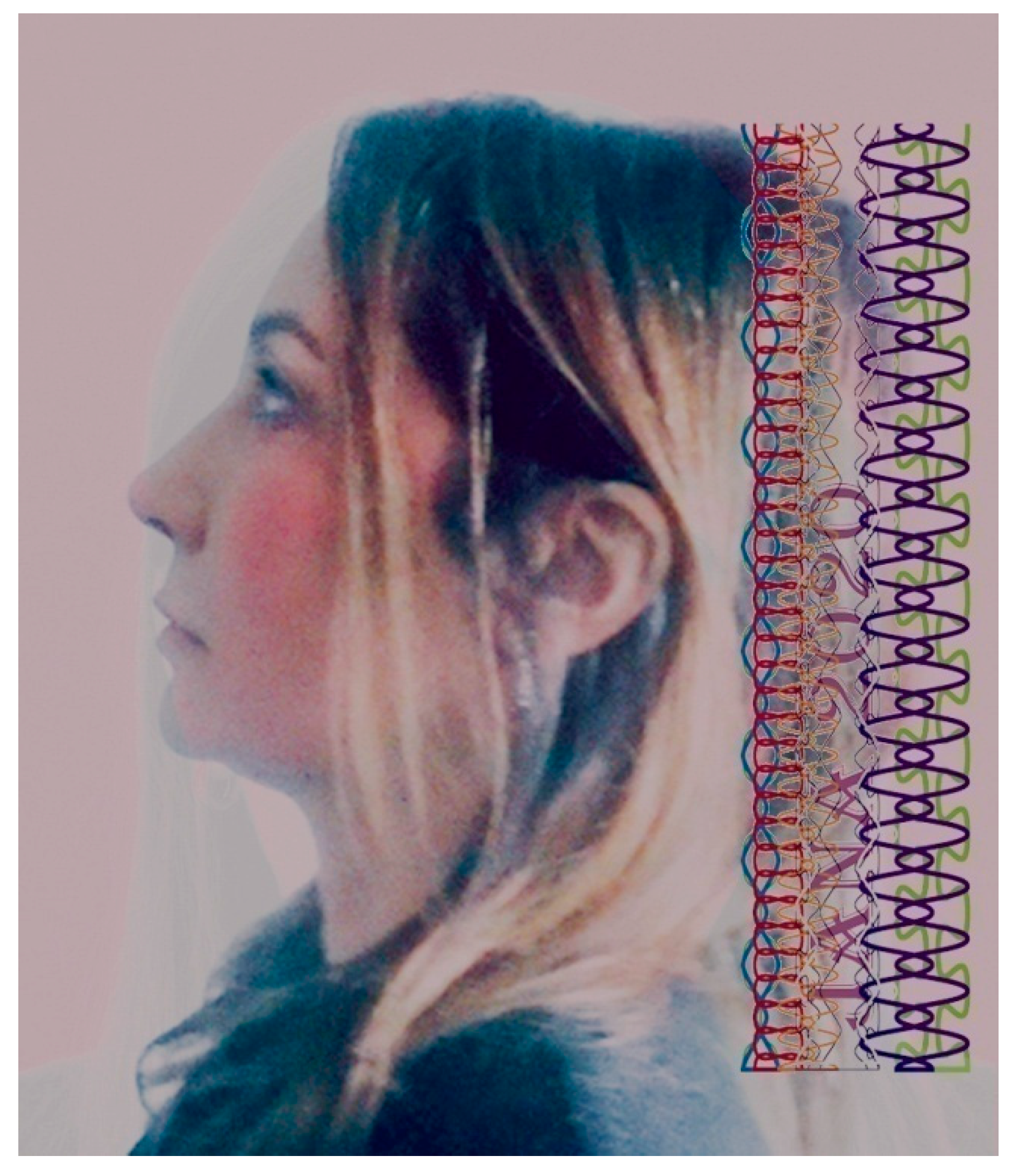
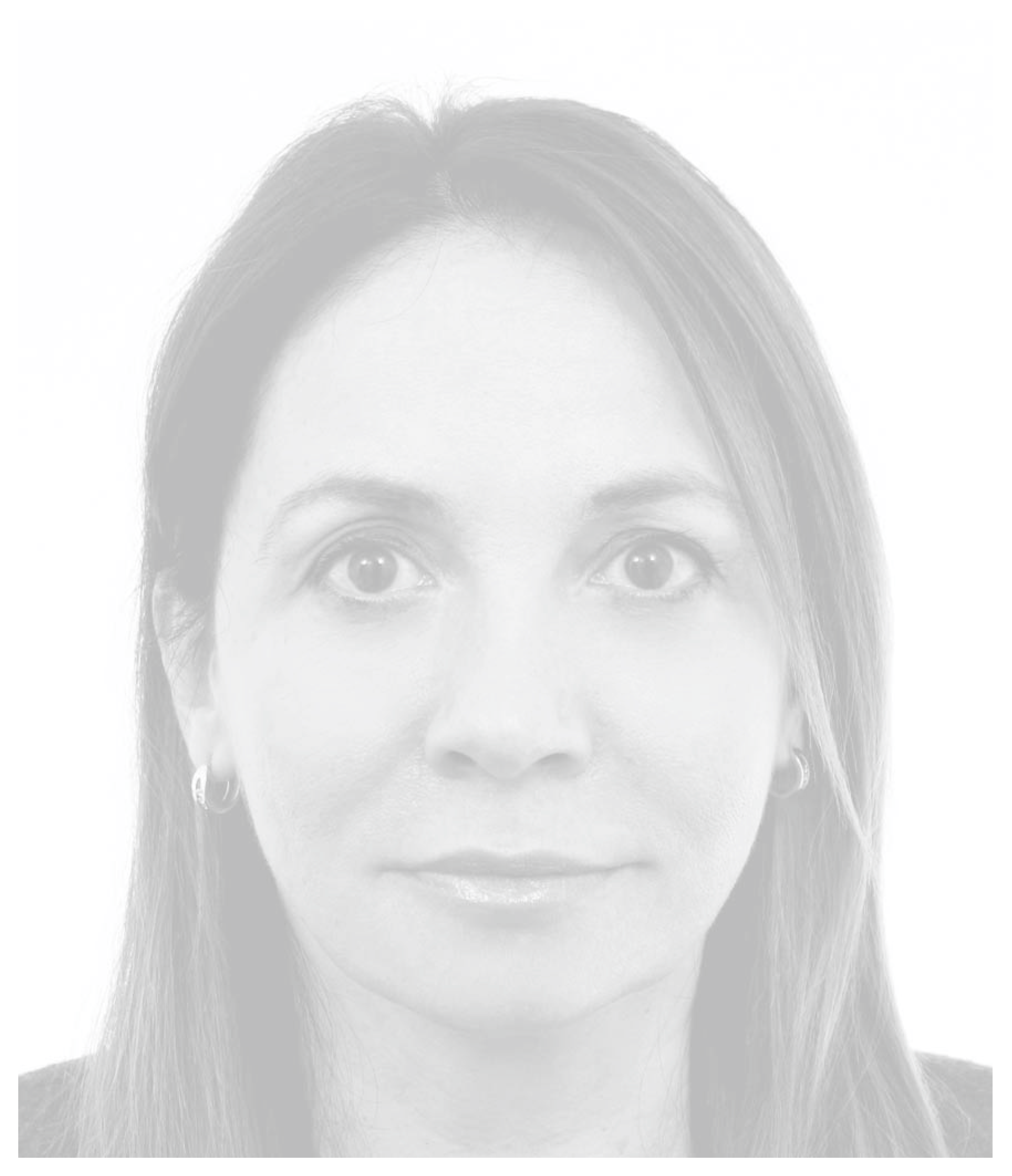
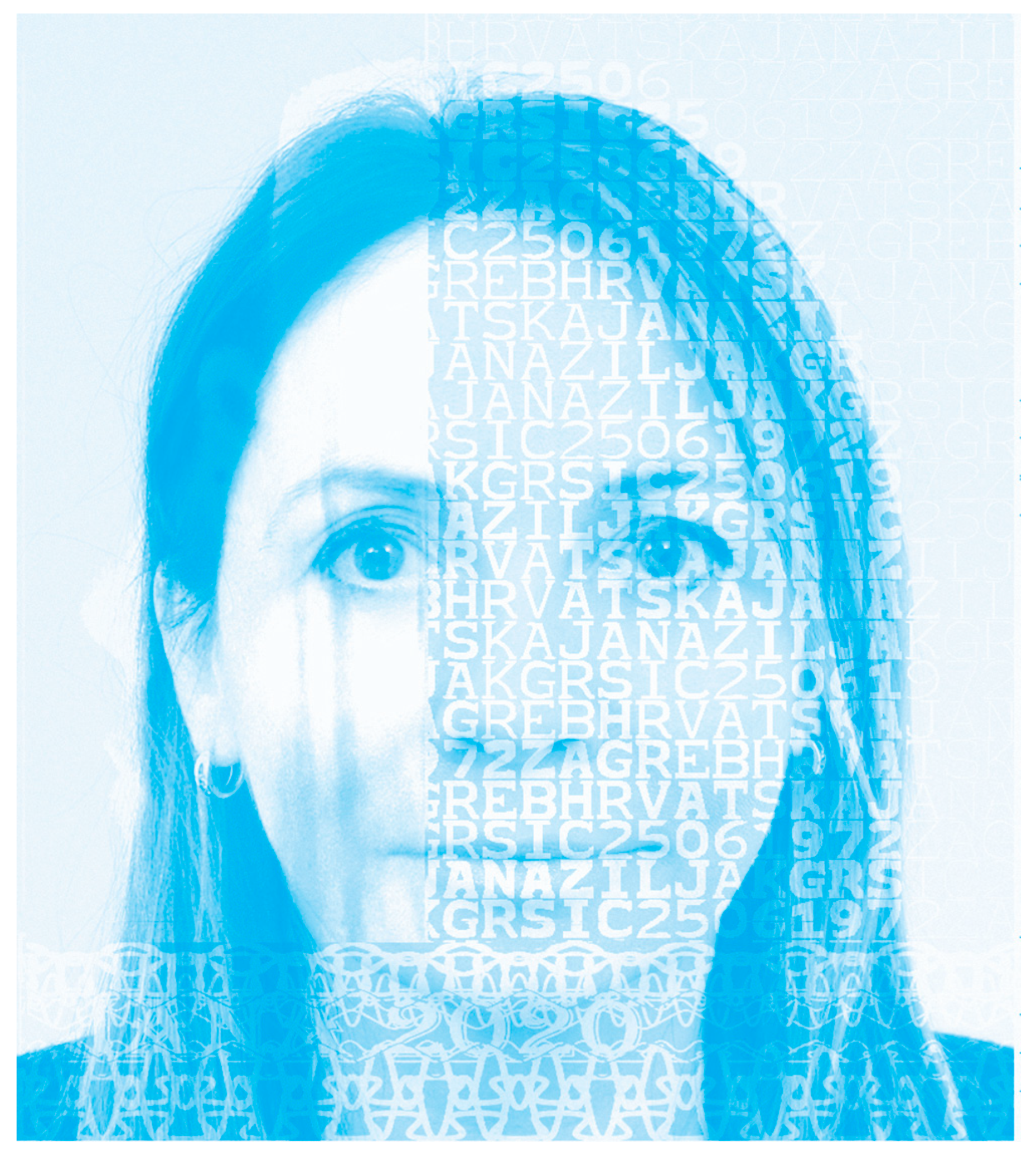

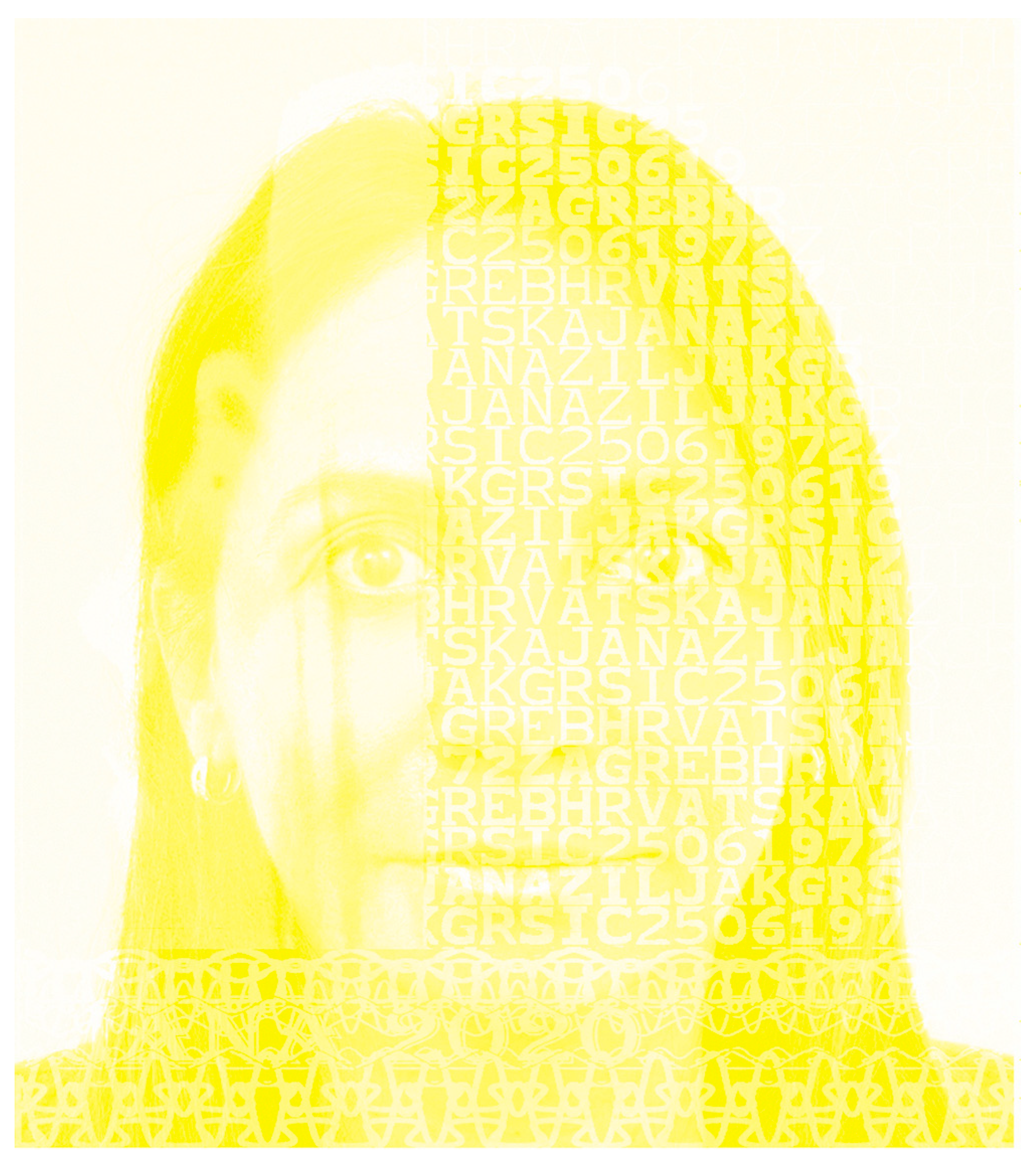

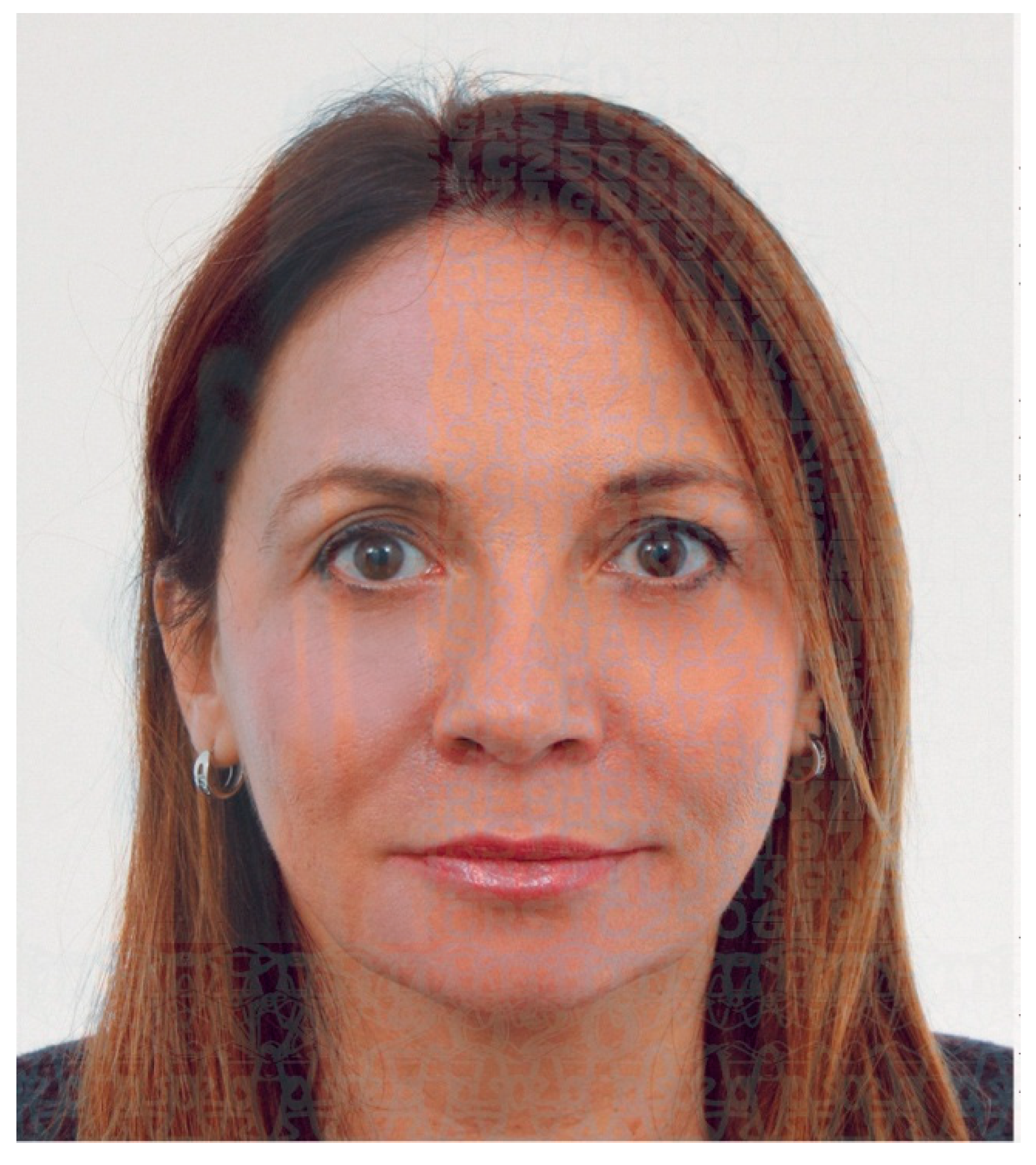
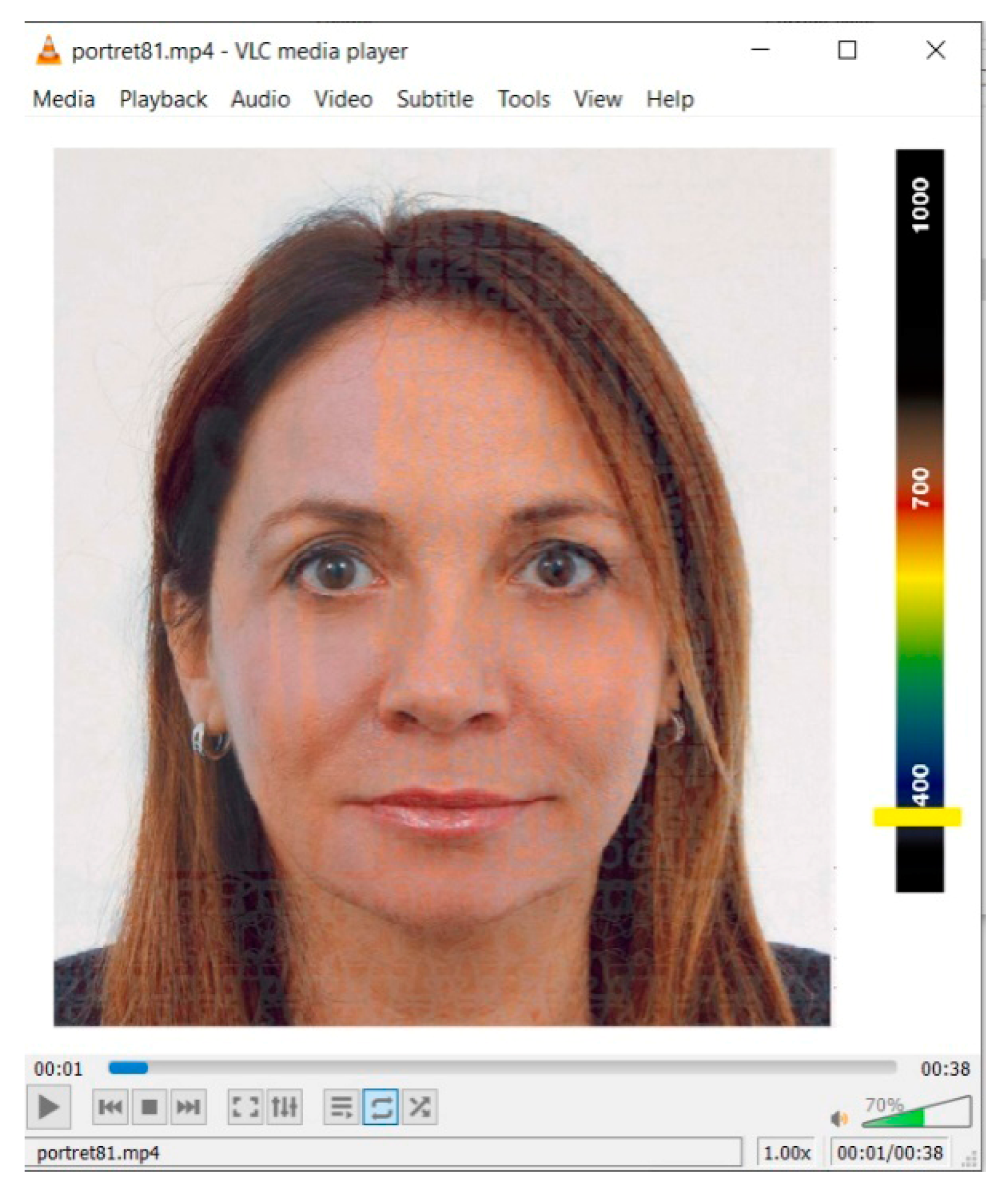
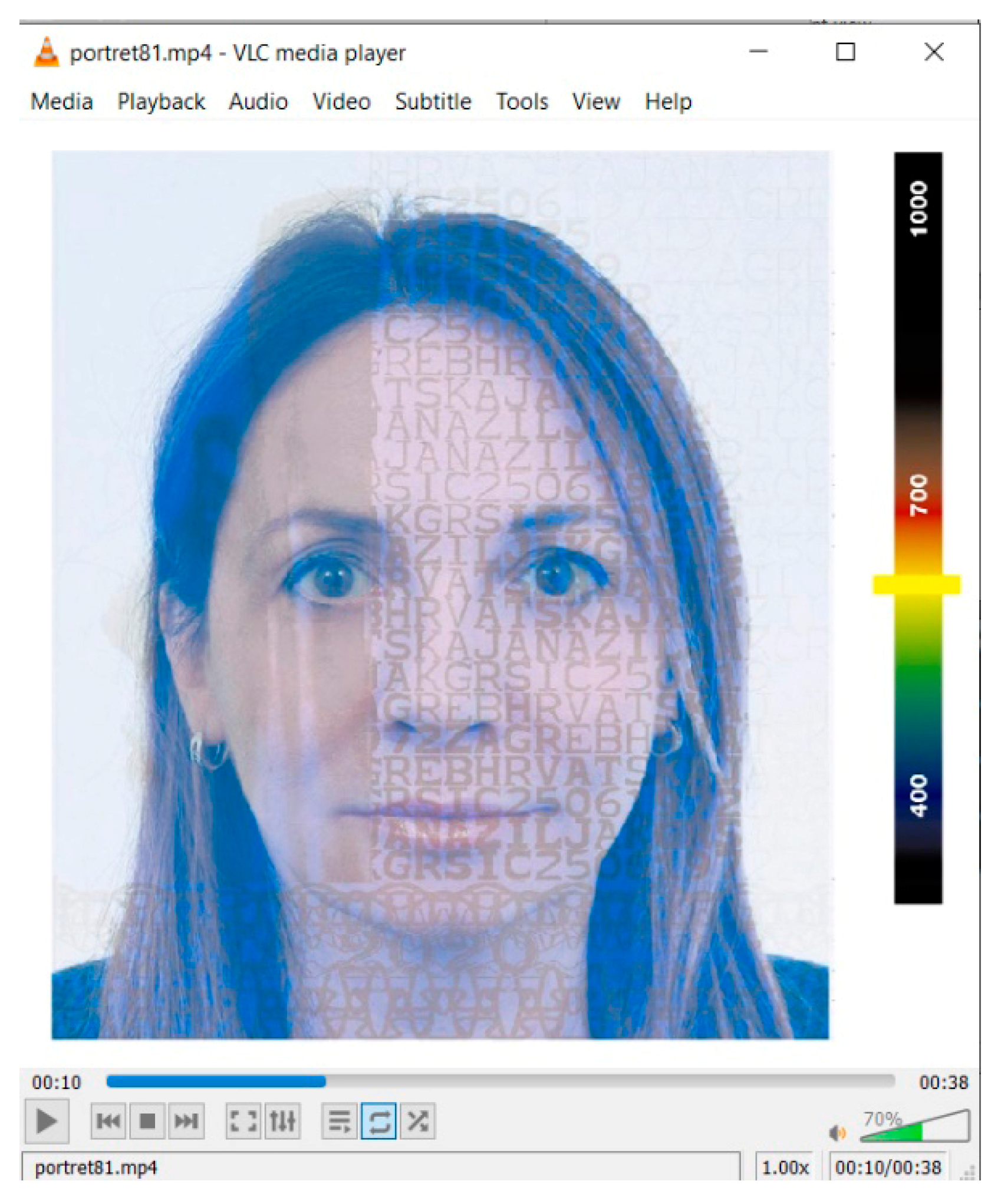

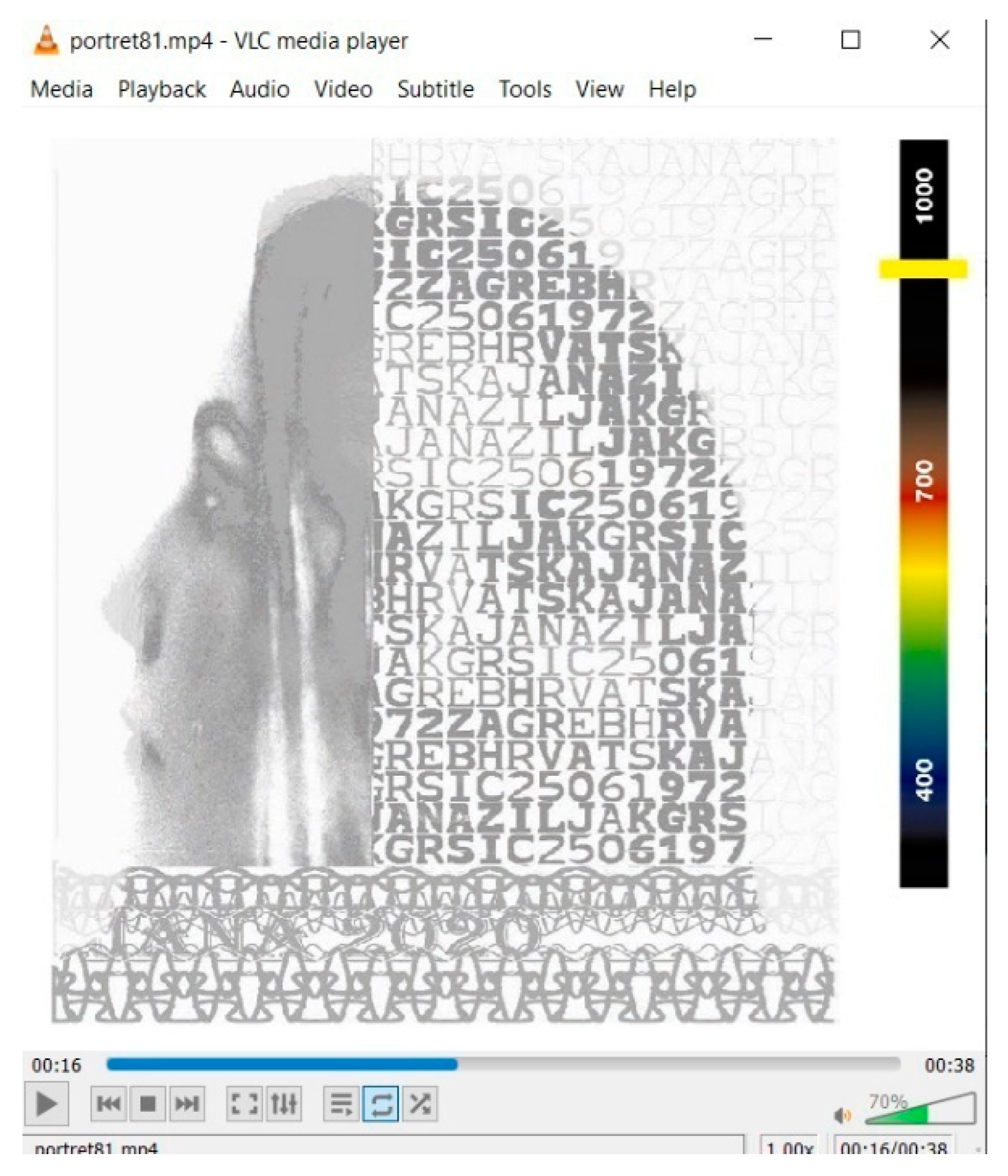
| Measured Data C, M, Y (K0, K20, K40) | ||||
|---|---|---|---|---|
| C, M, Y (K = 0%) | C, M, Y (K = 20%) | C, M, Y (K = 40%) | L*a*b* | |
| A | 99, 99, 59 | 88, 85, 41 | 74, 68, 19 | 1, 44, −45 |
| B | 53, 98, 73 | 38, 86, 56 | 20, 70, 36 | 25, 56, 9 |
| C | 70, 46, 99 | 58, 29, 84 | 44, 9, 67 | 45, −25, 43 |
| D | 40, 50, 40 | 28, 40, 24 | 14, 28, 5 | 57, 14, 6 |
| 40, 40, 40 | 28, 30, 25 | 15, 18, 6 | 62, 5, 7 | |
| 37, 82, 36 | 26, 71, 23 | 7, 63, 0 | 42, 49, −1 | |
| 88, 35, 70 | 70, 24, 65 | 68, 1, 36 | 44, −41, 6 | |
| 30, 30, 35 | 19, 21, 20 | 5, 10, 2 | 71, 4, 11 | |
Publisher’s Note: MDPI stays neutral with regard to jurisdictional claims in published maps and institutional affiliations. |
© 2022 by the authors. Licensee MDPI, Basel, Switzerland. This article is an open access article distributed under the terms and conditions of the Creative Commons Attribution (CC BY) license (https://creativecommons.org/licenses/by/4.0/).
Share and Cite
Žiljak Gršić, J.; Jurečić, D.; Tepeš Golubić, L.; Plehati, S. Security Graphics with Multilayered Elements in the Near-Infrared and Visible Spectrum. Information 2022, 13, 47. https://doi.org/10.3390/info13020047
Žiljak Gršić J, Jurečić D, Tepeš Golubić L, Plehati S. Security Graphics with Multilayered Elements in the Near-Infrared and Visible Spectrum. Information. 2022; 13(2):47. https://doi.org/10.3390/info13020047
Chicago/Turabian StyleŽiljak Gršić, Jana, Denis Jurečić, Lidija Tepeš Golubić, and Silvio Plehati. 2022. "Security Graphics with Multilayered Elements in the Near-Infrared and Visible Spectrum" Information 13, no. 2: 47. https://doi.org/10.3390/info13020047
APA StyleŽiljak Gršić, J., Jurečić, D., Tepeš Golubić, L., & Plehati, S. (2022). Security Graphics with Multilayered Elements in the Near-Infrared and Visible Spectrum. Information, 13(2), 47. https://doi.org/10.3390/info13020047






